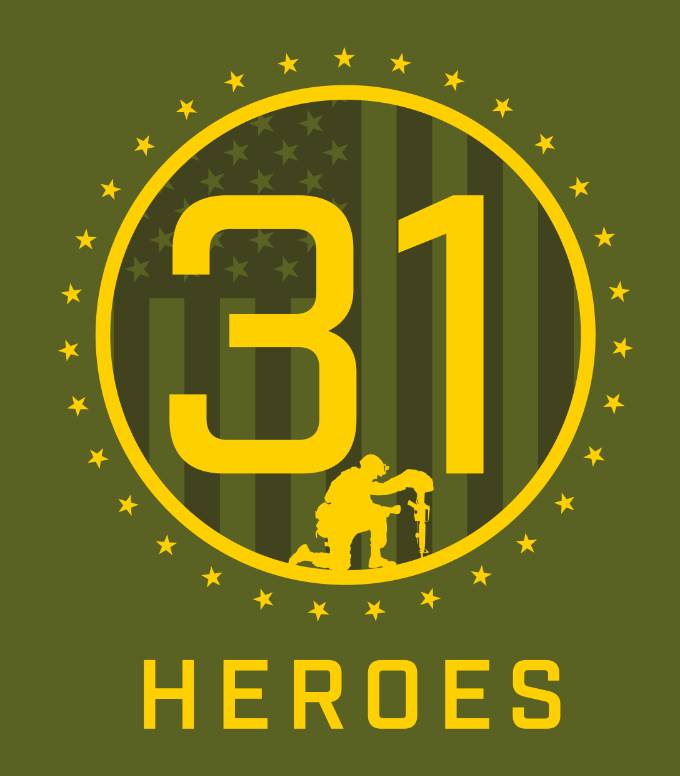Team Defense
The most important distinction that you want to make when setting up a defense is where you want your defensemen to slide from. A defenseman has to slide when the person covering the ball gets beat by the ball carrier. The area in which many defenses slide is the crease. Many programs call this “crash” meaning the defenseman on the crease is going to slide.
Slide! Slide! Slide!
The other place you can slide from is the adjacent man or the defenseman who is covering the offensive player next to the ball carrier. This type of sliding package can be called “near-man” because the nearest defenseman is sliding to the ball. Obviously, a team defense can only slide from the crease or crash when there is an offensive player on the crease. If this offensive player slides off the crease in the middle of a play, that defenseman must call out, “I’m off! We’re near man!” If another offensive player goes to the crease, then the defenseman covering him can call out, “We’re crash! I’m going!”
Communication
Having the defensemen communicate what slide package they are in and saying if they are sliding helps tremendously. The best defenses in lacrosse are loud and communicate extremely well with each other and with the goalie. For the intermediate level, these are the only two slide packages that you need to use. It is effective to mix up where the slide comes from as it keeps the offense back on its heels.
When a man slides to the ball, there are a number of things that need to happen. First and foremost, there needs to be a second slide. For instance, when a defenseman slides from the crease or goes crash, then the man he leaves open on the crease needs to be covered. If the defense covers off-ball plays the way they are supposed to, then the crease attackman should be surrounded by a few defensemen.
Who’s Got Second Slide?
The player who is most responsible for the second slide is the defenseman who is farthest from the ball. So, if the offense is in a 1-3-2 formation, and the ball carrier is dodging from up top, then the defenseman who is covering the man at X (behind the goal) should have the second slide. In other words, he is responsible for covering the crease when a slide is made. If the ball carrier is dodging from behind and the defenseman from the crease slides, then one of the midfielders from up top has the second slide.
One rule that defensive midfielders must always follow is that they should always be as low as the ball when it is in front of the net and close to the crease when it is behind the goal line extended. This means that if they are covering a man off-ball, then they should always stay at the same level as the ball. If the ball is behind, then they should be down on the crease, not covering their man all the way up top. This helps a team tremendously as they slide, help, and recover.
Recovering Fast
Another thing that must happen when a team slides is that the man covering the ball must recover. If the man covering the ball gets beat and one of his teammates slides to the ball, then the defenseman who was beaten must get back to the crease immediately. When he gets to the crease, he looks away from the ball and picks up the open man returning the defense to a soft man-on-man. Recovering fast as a defense is a very important aspect of the sliding game.
The other distinction that must be made in a defensive scheme is how much pressure the off-ball players apply on their men. There are several different defensive calls for this pressure. The two that are important for the intermediate level are hard and soft.
A team may call their hard pressure defense “Badger” as in “Honey Badger”. In Badger, the defense puts off-ball pressure on the two offensive players who are adjacent to the ball. In the soft defense, the defense puts very little pressure on the off-ball players and sloughs in. One thing to realize is that in Badger, you cannot slide near-man as those two defensemen who are next to the ball are pressing out on their men. Thus, you always have to be crash when you are in Badger. If the offense pulls their man off the crease, then the defense should call out “Soft!” so that they can slide near-man. The Badger defense is good to use against teams that are less skilled offensively as it will pressure them into throwing the ball away. Against the better offensive teams, it is more effective to play soft, as their offensive skills can exploit the Badger defense. The more a defense is spread out and pressuring, the longer their slides are going to be and the longer it is going to take to recover. Against a team that can pass skillfully and quickly, this is a harder defense to run. Just like slide packages though, it is effective to mix up what type of pressure is applied to keep the offense guessing.
Conclusion
In conclusion, team defense is a critical aspect of the game of lacrosse. It requires coordination, communication, and a strong understanding of defensive principles. A successful team defense can prevent opponents from scoring goals and ultimately lead to a victory for the team. It is essential for each player to understand their role in the defense and to work together to execute their game plan. With dedication, practice, and a strong work ethic, a lacrosse team can become a formidable defensive unit that is capable of shutting down even the most potent offenses.
